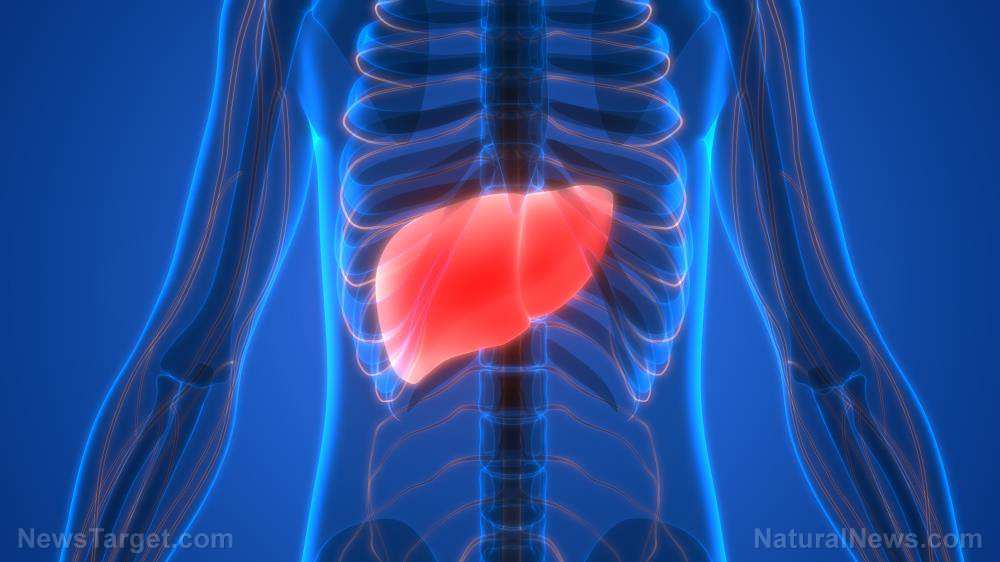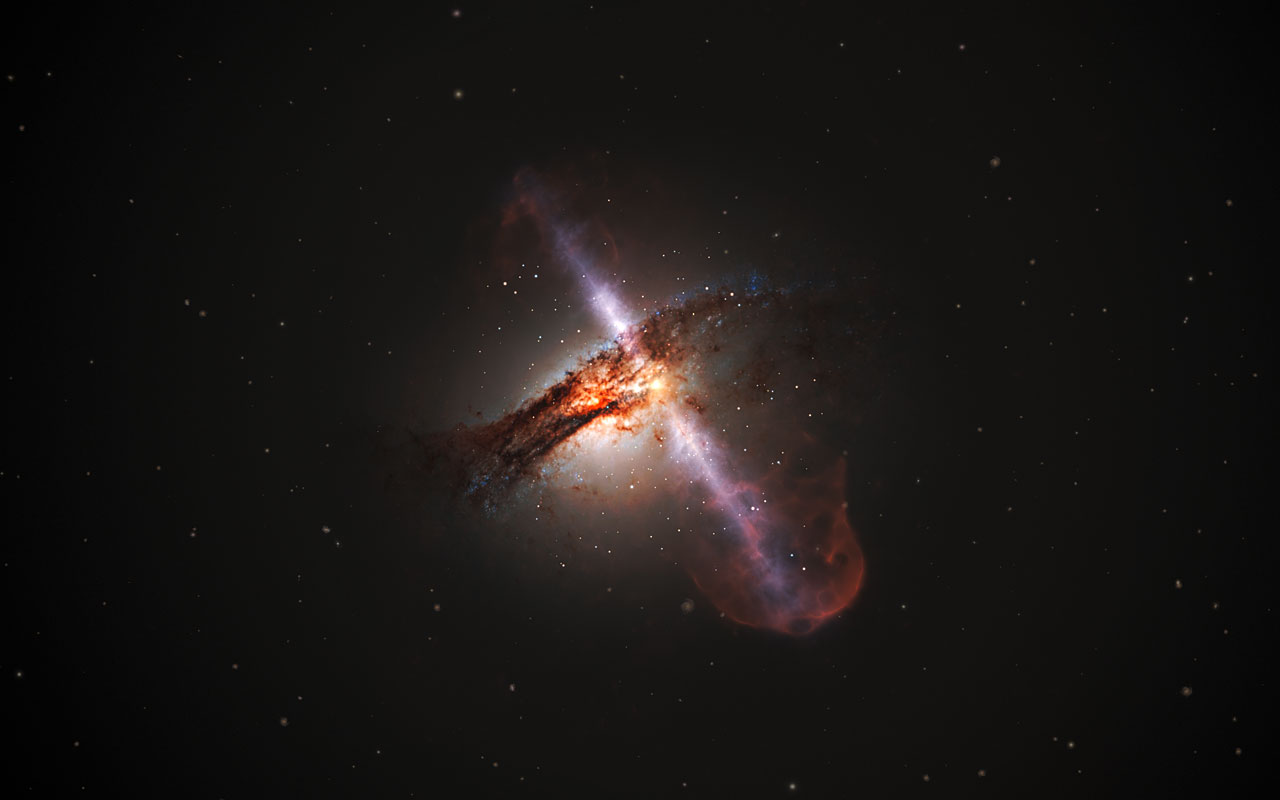In just one month, astronomers detected gravitational waves from black hole mergers, neutron stars colliding, and one star swallowed by a black hole
10/28/2019 / By Grace Olson

Stars colliding with one another is no news – such a phenomenon has been reported many times. Now, researchers from NASA observatories detected five gravitational waves in just one month, which they concluded were most likely caused by three black hole collisions and a merger between two neutron stars. The last one, however, was an extremely faint signal that may have been a collision between a black hole and a neutron star – the first of its kind.
A signal from beyond
The existence of gravitational waves was theorized over a century ago. In 1915, Albert Einstein put forward the idea as a result of his “theory of general relativity.” It suggests that when an object with mass moves, it warps space and time, and produces gravitational waves.
The direct evidence for gravitational waves appeared in 2015, which was detected by three observatories: the twin detectors of Laser Interferometer Gravitational-Wave Observatory (LIGO) in Louisiana and Washington and the Virgo interferometer in Italy.
Detecting gravitational waves is arguably one of the most important breakthroughs in space research. Through studying these waves, scientists are able to better understand the nature of gravity. It also helped scientists figure out how elements, such as gold, were produced in the universe. (Related: Heavy elements in space – where did they come from?)
Scientists believe that further studies on gravitational waves could help unlock a lot of mysteries in space, including how the galaxies assembled and the expansion of the universe.
A busy month for LIGO and Virgo
The detection of gravitational waves is extremely rare. Ever since the detection in 2015, there was only one other signal found. In 2017, LIGO and Virgo detected a collision between two neutron stars. Neutron stars refer to the dense, burnt-out cores of dead stars. This was the first recorded neutron star merger by LIGO and Virgo.
On April of this year, however, the scientists were up for a surprise. The LIGO and Virgo observatories had recently received some upgrades to improve their sensitivity. After just a couple of weeks since the upgrade, Virgo and the Louisiana LIGO detector received a wave signal coming from two neutron stars colliding. The scientists could not pinpoint where the signal came from however, because LIGO-Washington was offline at that time.
Immediately the next day, the scientists were stunned to find that the observatories detected another wave signal, which proved to be the most interesting one yet. The first rounds of analysis revealed a significant possibility: A black hole swallowing a neutron star, which occurred 1.2 billion light years away.
“The universe is keeping us on our toes,” stated Patrick Brady, one of the researchers from the LIGO Scientific Collaboration.
However, this signal was faint, almost elusive. It would take a long time for researchers to determine whether it truly came from a black hole-neutron star collision. If confirmed, it would be another major milestone in LIGO-Virgo history. Not only would it be the first of its kind, it would also mean that researchers have observed all the possible collisions of black holes and neutron stars.
In the same month, LIGO and Virgo detected three more black hole collisions. In the span of one month, researchers observed five gravitational waves.
Three years after the first detection in 2015, LIGO and Virgo had detected wave signals for a grand total of 16 collisions: 13 black hole mergers, two neutron star mergers, and one possible collision between a black hole and a neutron star.
The LIGO and Virgo collaboration opened many doors, not just in space research, but also in chemistry and geology, among others. The construction of other gravitational wave detectors would provide more data and help pinpoint where these signals came from. It would surely contribute to a better understanding of an otherwise unreachable universe.
Sources include:
Tagged Under: astronomy, black holes, breakthrough, cosmic collisions, cosmos, deep space, discoveries, Galaxies, general relativity, Gravitational Waves, LIGO, LIGO interferometers, LIGO Scientific Collaboration, neutron star, neutron stars, outer space, research, science and technology, Space, space research, theory of relativity, Universe, Virgo interferometer, wave signals, weird science
RECENT NEWS & ARTICLES
COPYRIGHT © 2017 SCIENTIFIC NEWS



















